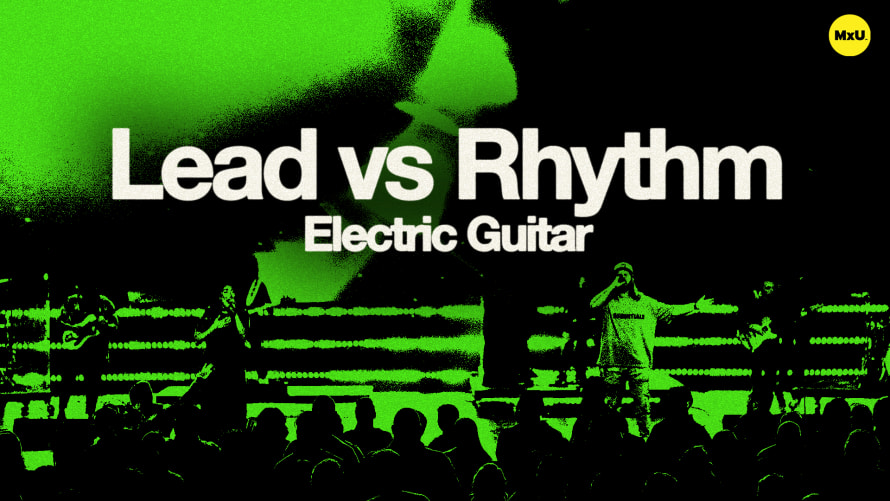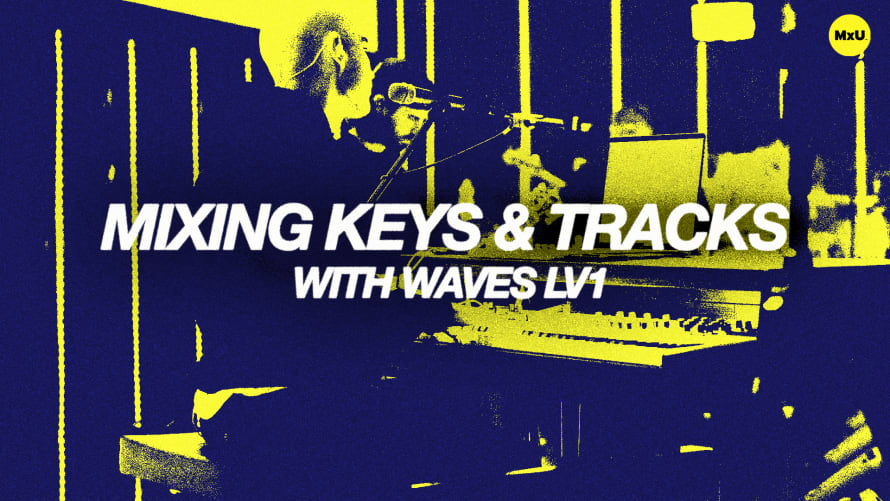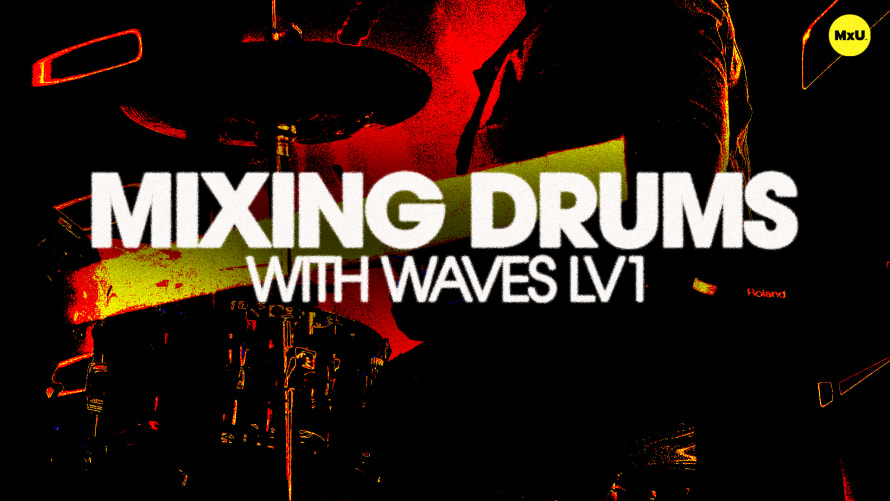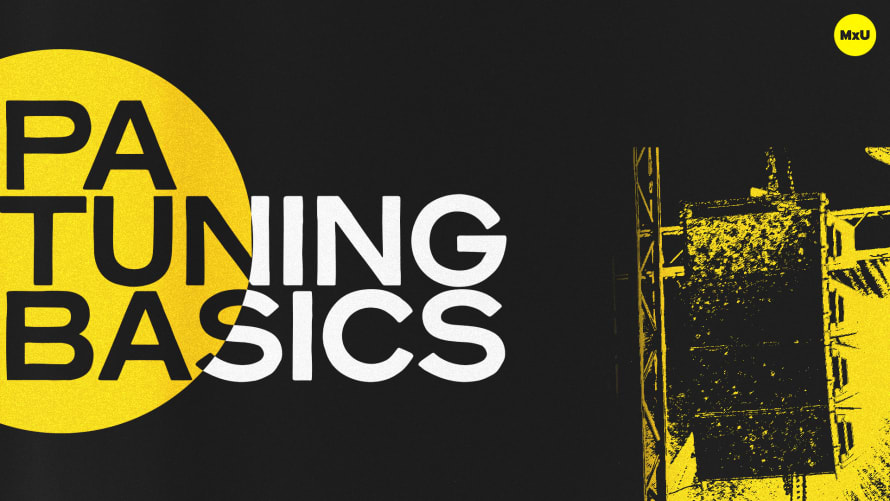
Premium
Sign up to watch Lead vs Rhythm Electric Guitar and gain access to 500+ more Premium MxU videos.
Team
$99 .95
Per month, billed monthly.
For worship & tech teams
$83 .29
Per month, billed yearly.
For worship & tech teams
- Full course & video library
- Add your team
- Assign training
- Automated training workflows
- Create your own courses & videos
- Multi-campus support
- Organize with groups
Solo
$19 .95
Per month, billed monthly.
Just you, full content library
$16 .63
Per month, billed yearly.
Just you, full content library
- 889+ training videos
- Full course & video library
- Add your team
- Workflows, assignments, create courses & videos
More Premium Videos
Lead vs Rhythm Electric Guitar
No actions available
There are differences between playing lead guitar and rhythm guitar in a worship setting. Learn techniques for how both guitarists can play contemporary parts in different frequency ranges to create a fuller, more balanced sound.
Complementary Parts
One effective approach is for both guitarists to play parts that complement each other. For instance, if one guitarist is playing higher up on the neck with a cleaner tone, the other might play in a lower register. This method ensures that the guitars are not competing but rather enriching the overall sound.
Rhythm Guitar Versatility
Playing rhythm guitar doesn't always mean playing chords. Rhythm guitarists can incorporate one-note stabs, octaves, and big rakes to add variety and depth to the music. This approach allows for more creativity and interaction between the rhythm and lead parts.
Effects
The use of effects like delay and reverb can vary depending on the role. Lead guitarists often use more delay and reverb to help their lines stand out and sound full. Rhythm guitarists, especially when playing multiple notes, might use less of these effects to maintain clarity and definition in their sound.
Collaborative Playing
Effective collaboration between guitarists involves being aware of what the other is playing. Ensuring that each guitarist occupies different frequency ranges helps in creating a balanced and cohesive mix, preventing the parts from clashing.
Topics
Categories
Worship
201
Premium Videos
Nothing added









